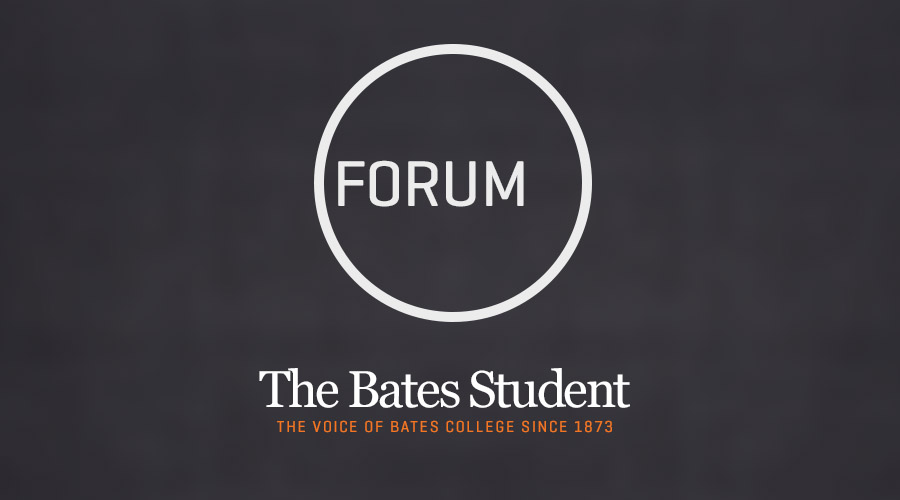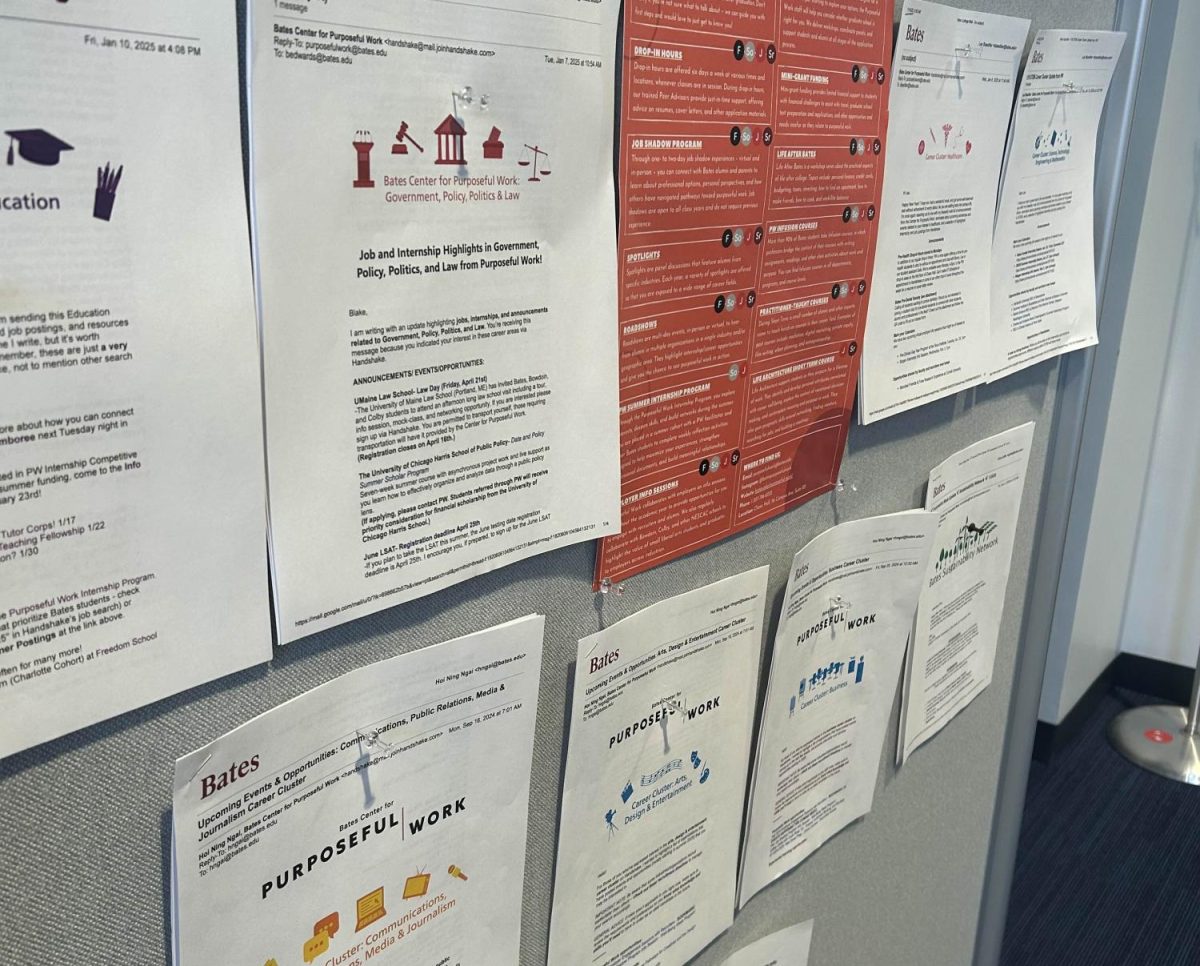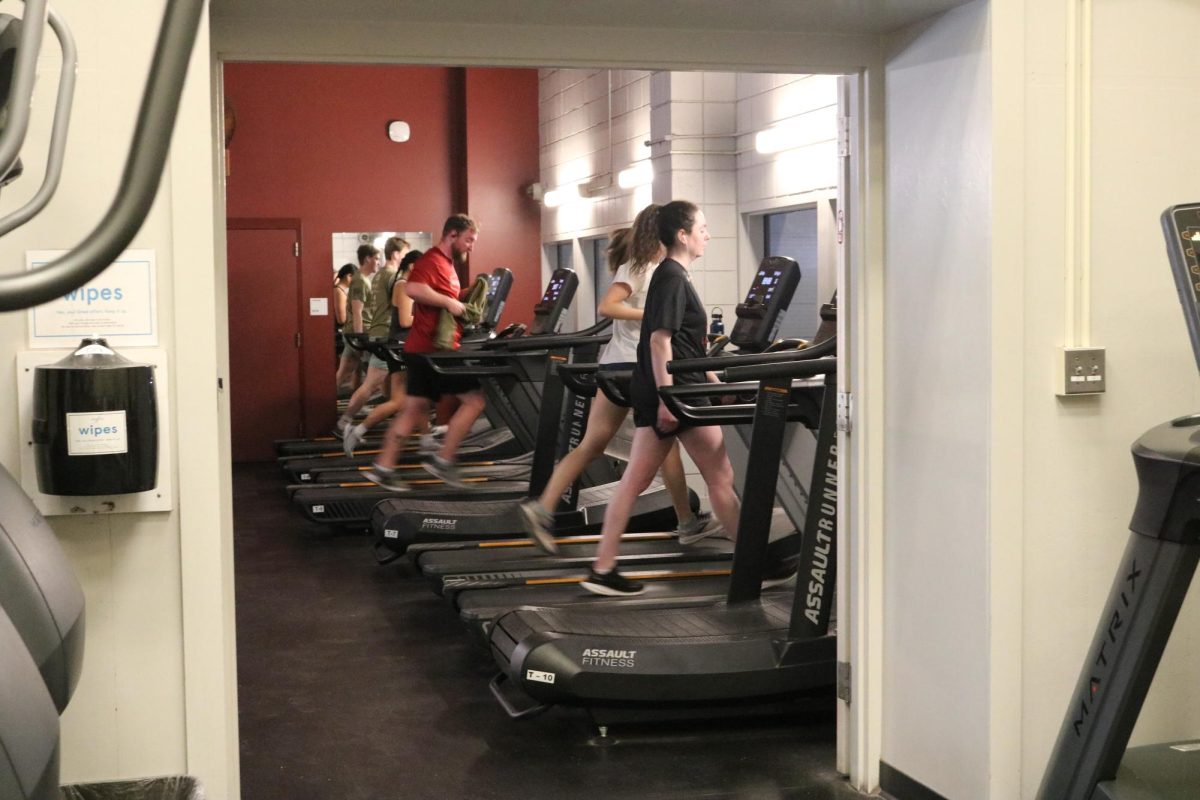Lately, it seems every two months or so, the social media world embraces a new viral challenge. Some of you may remember the cinnamon challenge from way back when or, more recently, the water bottle flip or the mannequin challenge, but few seem to have infiltrated the college world as deeply as the Tide Pod challenge. Similar to all viral challenges, the Tide Pod challenge seems to be grounded in a group of friends daring one another to eat the detergent pack while recording a video that is subsequently posted to YouTube, Instagram, or other social media outlets. While the Tide Pod challenge has seen less participation than other challenges, such as the mannequin challenge, it has been wholeheartedly embraced by many college students around the nation.
Even though this may seem like an unintended marketing campaign for Tide and its parent company, Procter & Gamble, ingesting the detergent packs can have severe side effects. The chemicals used in Tide Pods are intended to decompose waste materials and include surfactants which attach to water and grease; in the human digestive system, the stripping of these two molecules can be quite harmful to the digestive tract. This can lead to vomiting, diarrhea, and abdominal pain. Additionally, due to the toxicity of the pods, people who eat them may experience numbness in the mouth or, because of the bleach in the Tide Pods, may experience intense vomiting and burning of the digestive tract. The rarest, but most dangerous, consequence of taking part in this challenge comes from breathing the detergent directly into your lungs, causing asphyxiation, which can lead to fainting and, in some cases, seizures.
Initially remaining on the sidelines, Procter & Gamble has recently launched a campaign to discourage users from taking part in the Tide Pod challenge. According to The Guardian the company’s spokesperson said, “We are deeply concerned about conversations related to intentional and improper use of liquid laundry packs.”
The company urged YouTube to remove all videos posted that feature someone eating a Tide Pod, to which YouTube said they were working urgently to remove videos as they censor all content that encourages harm to self or others. Procter & Gamble also created an ad featuring Patriots star Rob Gronkowski in which he says, “What the heck is goin’ on, people? Use Tide Pods for washing; not eating.” Tide’s Twitter feed has also recently fielded many questions regarding the challenge and what to do after consuming a Tide Pod. All of their answers urged tweeters to call poison control or a doctor and to drink a large glass of either water or milk.
Social media phenomena raise important questions about adolescence and the role of peer pressure. While the influence of others during this period of life has long been understood, the era of social media and the twenty-four-hour news cycle bring these issues to life on a daily basis. What does it say about our culture that people are willing to risk serious illness and possibly death in the hopes of becoming “Instagram famous?”
Not only should we aim to end participation in the Tide Pod challenge, but we should also attempt to understand the motivations for becoming a viral sensation or a meme, and how outlets, such as Barstool, encourage unruly and possibly harmful behavior in the hopes of impressing millions of strangers.
Although risk taking and limited inhibition are defining factors of the adolescent period, the role social media plays in emphasizing and promoting hazardous behaviors is pertinent.








